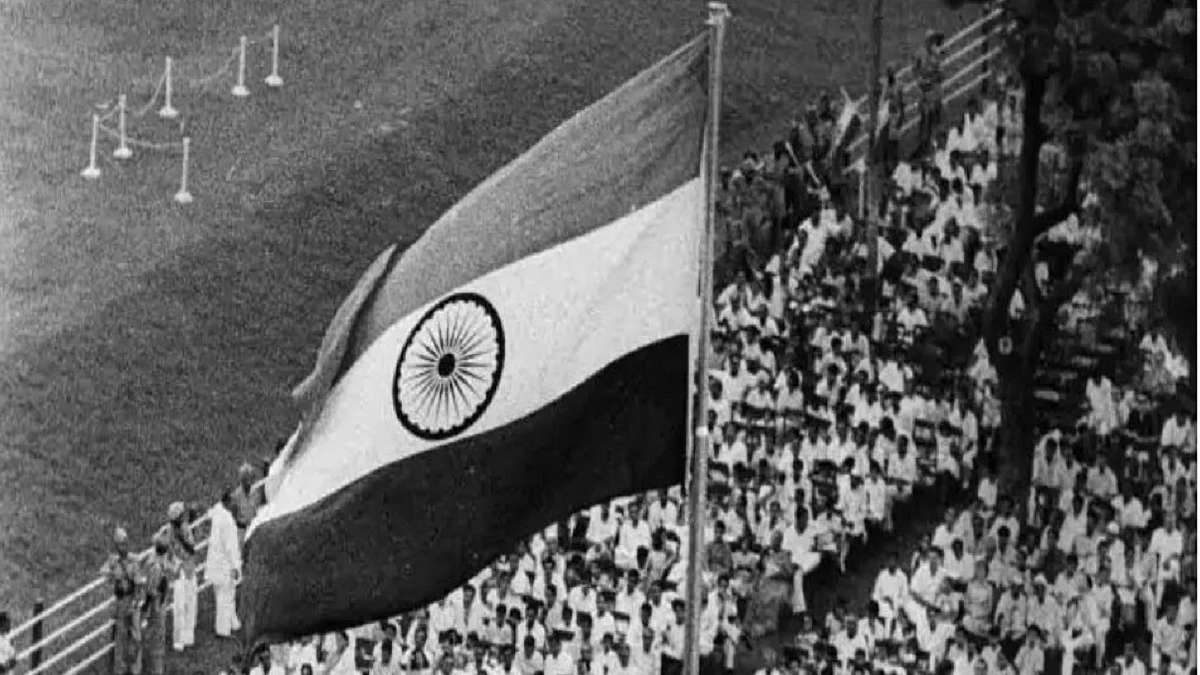How we have fared since gaining freedom from our colonial masters seven decades ago
India’s GDP this year is bigger than that of its erstwhile colonial master who mulcted the world’s biggest economy in 1700 to near beggar status in 1947

The Indian economy is now the fifth largest in the world measured by nominal GDP and the third largest by purchasing power parity (PPP). Its GDP in 1950 was $30.6 billion. In 2020, India’s GDP is $3.02 trillion or $ 11.32 trillion (PPP). Its industrial sector accounts for 23.02% of its GDP, employs 25% of the workforce and India now is rightly classified as a newly industrialized country. Its per capita income now is $2338 (nominal) and $9027 (PPP).
When India gained Independence in 1947, its population numbered about 340 million. The literacy level then was 12% or about 41 million people. In 2019, India’s population scaled 1.34 billion and the literacy level reached 74% or about one billion. That is a huge shift in numbers, and a hugely impressive achievement. Never before in history have so many people moved from one to the other.
True our numbers are staggering and hence only one other country can provide a benchmark. In 1949 China’s population was 540 million and its literacy level was estimated at 20% or 104 million. In 2019 China also has a population of about 1.32 billion and literacy of 85% or 1.14 billion.
Both India and China lifted almost a billion people each from ignorance of the word to modest knowledge. China employed a highly mobilized, and centralized system of government with no restraints on coercion to achieve this, while India did it under a system of voluntary compliance. That is to my mind the biggest achievement of our seven decades of independence
At the time of Independence, India accounted for only 4% of the world’s GDP or about Rs.2.7 lakh crores. In 2019 India accounts for 8.5% of WGDP (source: IMF) or about Rs. 220 lakh crores. India’s GDP this year is bigger than that of its erstwhile colonial master who mulcted the world’s biggest economy in 1700 (24.43% WGDP) to near beggar status (4% WGDP) in 1947.
More than that India now adds 17% to WGDP growth, giving it a considerable economic heft. What is more important is that internal resources drive a good part of this growth. The savings rate has risen from 8% of GDP to 29% now, and continues to be on an upward trend despite recent setbacks.
India produced about 50 million tons of food grains in 1947 and produces five times that now. It also exports food grains. Clearly these are big achievements and only the churlish will not give credit where it is due. More importantly famine has been abolished from India. In the last great famine India experienced in 1943, two million people died in Bengal. By contrast in the 1965 famine of Bihar there were no starvation deaths. India has not experienced a famine of that magnitude again.
Where credit is due, much blame is also due. At the time of independence the incidence of poverty in India was about 80% or about 250 million. When poverty numbers began to be counted seriously in 1956, Prof. BS Minhas of the Planning Commission estimated that 65% or 215 million Indians were poor (Rs.220 per year). In 2019 the number of people below that same poverty line of 2200 calories a day is about 260 million, though the incidence has fallen to about 21.92%.
In 1947, agriculture accounted for 54% of India’s GDP. In 2019, it is at about 13%. But at the time of Independence, 60% of India depended on agriculture for a living. In 2017, it was about 52% or 650 million people as opposed to about 200 million in 1950. Therein lies the tale of India’s colossal failure to make its tryst with destiny. It still has too many people living off the land. Land is finite, but population is not.
By 2050 India will have a population over about 1.7 billion and a good part of that population will have to be gainfully employed outside of agriculture and the rural sector.
How did we do in these seven decades of independence? Look around us. Clearly we have done better than most. If you factor the human cost in China, we probably did better than all. In 1947 India chose to be a full democracy and a nation of equals. It ordained itself to have a government by popular choice with an attendant political economy and all the implied pitfalls.
Our founding fathers decided that in such a diverse country all aspirations needed to be heard and reconciled, and hence conceived of a nationality based on shared aspirations and not on shared beliefs.
About this choice, Robert Frost said it best: “Two roads diverged in a wood and I - I took the one less travelled by, and that has made all the difference.”
Of course we could have done better. But what is better than being a united and optimistic nation?
Follow us on: Facebook, Twitter, Google News, Instagram
Join our official telegram channel (@nationalherald) and stay updated with the latest headlines
Published: 15 Aug 2020, 12:21 PM